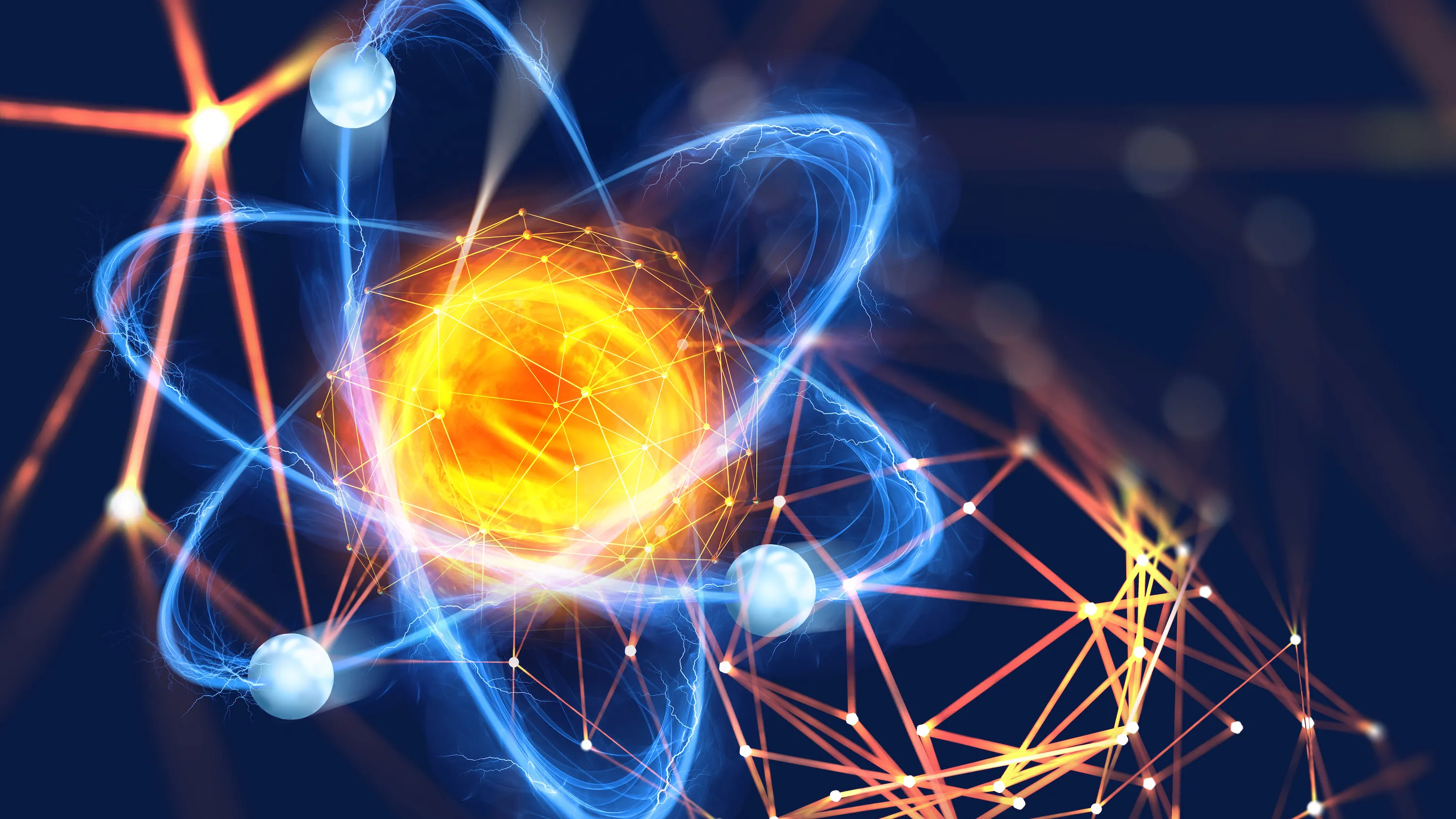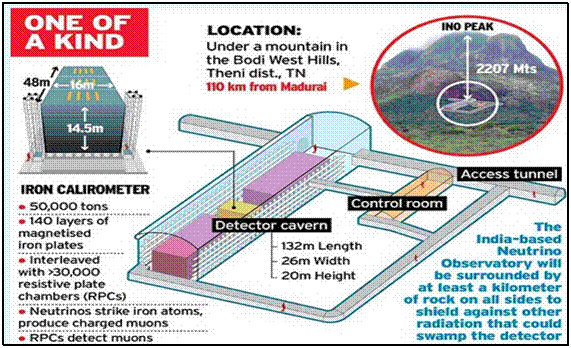- Courses
- GS Full Course 1 Year
- GS Full Course 2 Year
- GS Full Course 3 Year
- GS Full Course Till Selection
- CSAT
- 5 LAYERED ARJUNA Mentorship
- Public Administration Optional
- Online Program
- GS Recorded Course
- NCERT Batch
- Polity Module Course
- Geography Module Course
- Economy Module Course
- AMAC Module Course
- Modern India, Post Independence & World History Module Course
- Environment Module Course
- Governance Module Course
- Science & Tech. Module Course
- International Relations and Internal Security Module Course
- Disaster Management Module Course
- Ethics Module Course
- Essay Module Course
- Current Affairs Module Course
- ABOUT US
- OUR TOPPERS
- TEST SERIES
- FREE STUDY MATERIAL
- VIDEOS
- CONTACT US
Rare Subatomic Mystery and Neutrinos
Rare Subatomic Mystery and Neutrinos
27-03-2025

- In February 2025, Microsoft introduced a new quantum computing chip called Majorana 1.
- It’s named after a type of subatomic particle called the Majorana particle.
- These particles are special because they are their own anti-particle, unlike most particles that have distinct opposites (like an electron having a positron as its opposite).
Why Are Majorana Particles Important?
- These Majorana particles might help answer a big question in physics: Are neutrinos Majorana particles?
- Neutrinos are tiny particles that are incredibly common in the universe, but very hard to detect because they barely interact with anything.
- Neutrinos are everywhere: in the sun, cosmic rays, and even in the air around us.
What’s the Big Question About Neutrinos?
- One of the main questions scientists have about neutrinos is whether they have mass.
- We don’t know their mass precisely, and if neutrinos are Majorana particles, it could help scientists figure out how much they weigh
.
The Role of Beta Decay:
- Beta decay is a process where unstable atoms lose energy by emitting particles. Normally, a neutron turns into a proton, releasing an electron and an anti-neutrino.
- However, in the 0vßß (zero-neutrino double beta decay) process, two electrons are released instead of an electron and an anti-neutrino.
- This rare occurrence would only happen if neutrinos are Majorana particles, because neutrinos would need to be their own anti-particles for this to happen.
What is the AMoRE Experiment?
- The AMoRE experiment in South Korea is looking for this 0vßß decay.
- They’re using special detectors to look at a material (molybdenum-100) that can undergo this rare decay.
- In February 2025, they reported that they haven’t seen this decay yet.
- But since this decay is extremely rare, they think it could take over a million years to detect it with current technology.
- They plan to expand their experiment to look at more material and increase their chances of finding this rare event.
Why Does This Matter?
- If neutrinos are shown to be Majorana particles, it would be a major progress in physics.
- It would also tell us that neutrinos have mass, which could challenge our current understanding of physics.
- The Standard Model of particle physics suggests neutrinos should be massless, but if they have mass, it means we’re missing something in our understanding of the universe.
|
China’s Trident Telescope China is also building a massive new telescope called Trident in the western Pacific Ocean, specifically in the South China Sea. Its purpose is to detect neutrinos, also known as “ghost particles”.
|
What is a Neutrino?
- A neutrino is a subatomic particle similar to an electron but with no electrical charge and an extremely small mass, possibly even zero.
- For a long time, scientists thought neutrinos had no mass, but later research showed they do have a tiny mass.
- Neutrinos are one of the most abundant particles in the universe and are produced whenever atomic nuclei either combine (like in the sun) or split apart (like in nuclear reactors).
Why are Neutrinos Called “Ghost Particles”?

- Neutrinos have a very weak charge and almost no mass, which makes them incredibly difficult to observe.
- They only interact with other particles rarely, which is why they are called ghost particles — they usually pass through matter undetected.
How Do Scientists Detect Ghost Particles?
- Neutrinos are hard to catch because they rarely interact with anything. However, when they do interact with water or ice, they can create byproducts that scientists can detect.
- China’s Trident Telescope will be built underwater to take advantage of this.
- IceCube, the largest neutrino-detecting telescope, is located in Antarctica. It spans 1 cubic kilometer and uses sensors to detect neutrino interactions.
Why Does Detecting Neutrinos Matter?
- Scientists still don’t fully understand why neutrinos behave the way they do. Their strange properties challenge the current understanding of physics.
- Neutrinos might be key to understanding the early universe and the Big Bang.
- They could also help scientists solve other mysteries, such as the origins of cosmic rays, which are believed to contain neutrinos.
India’s Neutrino Research: Indian Neutrino Observatory (INO)
- What is INO? The Indian Neutrino Observatory (INO) is a proposed research project aimed at studying neutrinos in a 1,200-meter-deep cave.
- Why Underground? The observatory will be built underground to avoid interference from cosmic rays and other radiation.
- Research Goals:
- The first phase will focus on studying atmospheric neutrinos produced by interactions with cosmic rays.
- Future research could explore solar neutrinos and neutrinos from supernovae.
- Institutions Involved:
- Led by Tata Institute of Fundamental Research (TIFR) and the Indian Institute of Mathematical Sciences (IIMSc).
- Funded by the Department of Atomic Energy (DAE) and the Department of Science and Technology (DST).
- The project will involve seven primary and 13 participatory research institutes.
- Why a Mountain? The neutrino detector will be placed inside a mountain, allowing neutrinos to pass through the mountain rock and reach the detector, while other particles will be blocked out.



